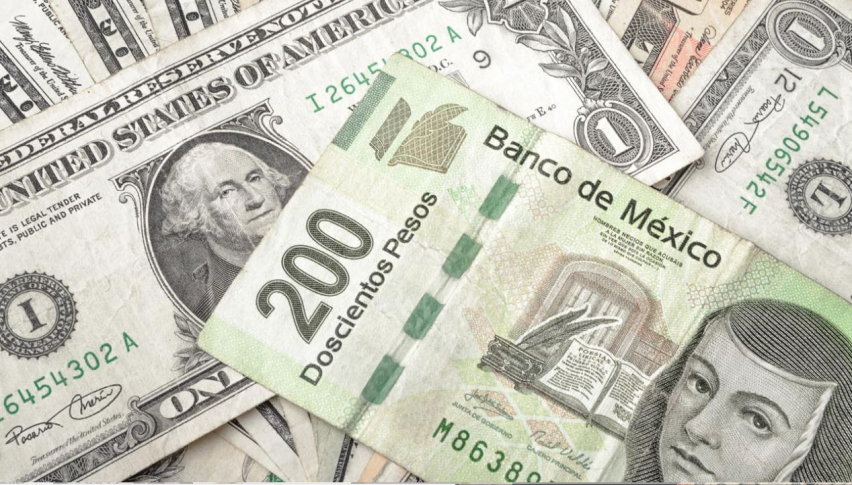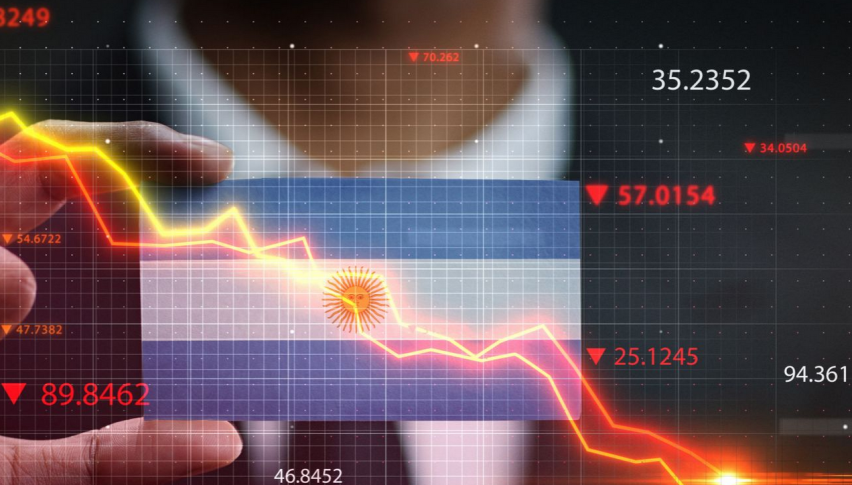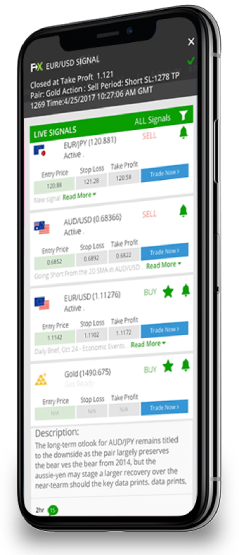All indices are ending up on negative territory after a good start of the day.

The three main Wall Street indices traded with gains on Friday but quickly reversed and ended in red territory. The indices are rose driven by the SOTU address from yesterday and data from a US labor report that reinforces expectations that a rate cut may be coming soon. However, after mid-day and after processing new information, the hope for rate-cuts faded away.
The primary Dow Jones index, composed of the shares of 30 giants, is down 0.7%, while the S&P 500 stocks is down 0.75%. The tech-heavy Nasdaq is declining by 1.4%.
In this context, the main support of the Nasdaq-100 is the last all-time high before the February/March rally, on 17,400 points. In the short-run, it may be relevant to track the 3-month moving average (12 weeks), as it is one the most relevant short-term supports and works for many swing-traders.

Nonfarm payrolls in the United States grew by 275,000 in February, while the unemployment rate rose to 3.9%, above the consensus of analysts surveyed by The Wall Street Journal, which expected 198,000 jobs and an unemployment rate of 3.7 percent.
On Thursday, US President Joe Biden delivered his State of the Union address before Congress. Addressing both chambers of Congress, with the Democratic caucus backing him with constant applause and ovations while the conservative side launched reproaches and booing.
This is the third time Biden has appeared before lawmakers to be held accountable and the last before the November presidential elections decide whether he will remain in the White House or if Trump will take over.
Biden specifically addressed Russia’s influence in the world.
“If the United States backs down now, it will put Ukraine at risk. It will put Europe at risk. It will put the free world at risk, and it will be an invitation to others who wish to harm us.”
“If anyone in this room thinks that Putin will stop at Ukraine, I assure you he will not. But Ukraine can stop Putin if we support it and provide the weapons it needs to defend itself.”
In addition, the average hourly earnings, which are closely watched as an inflation indicator, had a smaller-than-expected increase for the month and showed deceleration. We believe it is this indicator that generates optimism.
Federal Reserve Chairman Jerome Powell suggested yesterday that the central bank is nearing the confidence it needs to start lowering interest rates, reinforcing the idea that such a measure could occur in the coming months.





















